As I was accelerating across a road in my S-10 EV, I heard a pop, and I lost power. I was able to coast to the side of the road, and use my small “glovebox” multi-meter to determine that the HV fuse was blown. The real question was why did it blow?
Given that the leads from the batteries were still providing 128 volts, the fuse probably blew because the motor or controller had drawn a lot more power than they were supposed to. With the advice of members on the EVDL, I was able to use a 60 watt lightbulb connected to some lamp cord to determine that the controller was not shorted and appeared to work.
Specifically, I replaced the fuse with the 60 watt lightbulb, disconnected my motor from the controller, and turned on the keyswitch. The lightbulb lit up as the capacitors in the controller charged up. It was supposed to turn off after this if the controller wasn’t shorted open, but it didn’t. However, I then realized that my DC to DC converter was in the circuit and drawing power, explaining why the lightbulb had stayed on.
I pulled the fuse to remove the DC2DC converter from the circuit, and then the lightbulb would light up as the controller charged it’s capacitors, and then go dark once the current stopped flowing. This meant that the controller was not immediately blown and shorting upon startup, but I had to test if it would short when activated.
So I replaced the high voltage fuse with the spare in my glovebox, and left the motor disconnected. I placed the 60 watt light bulb where the motor would be connected, and then powered up the system. By using the “go” pedal, I was able to use the motor controller to power up and control the voltage and brightness of the lightbulb. This showed that at least under low loads the controller was working correctly, so I moved on to diagnose the motor. (See my next post for that…)
As things turned out, the controller WAS the source of my problems. Apparently, some number of the MOSFETs inside had shorted out, destroying themselves and causing my fuse to blow. When I tested it with the lightbulb, the destroyed MOSFETs were no longer shorted (it’s hard for something that exploded to maintain a short), and the controller was only”working” on a few remaining MOSFETs. (Plenty to control a 60 watt light bulb).
But, since I didn’t know that yet, I continued on to checking out my ADC FB1-4001A motor.
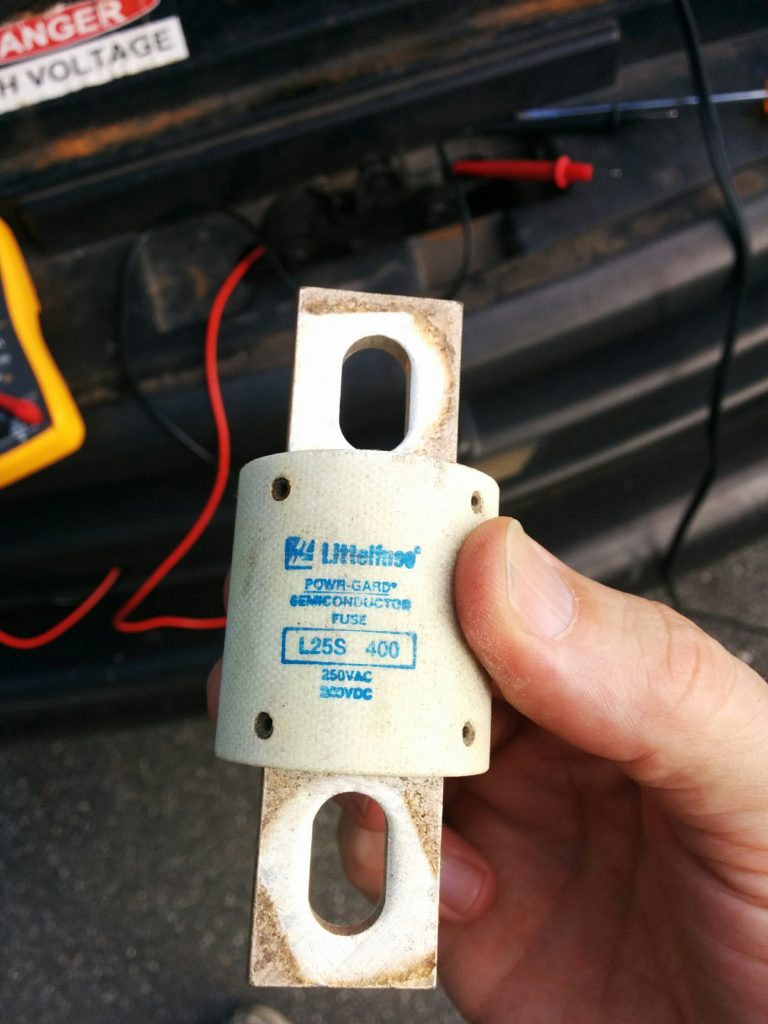
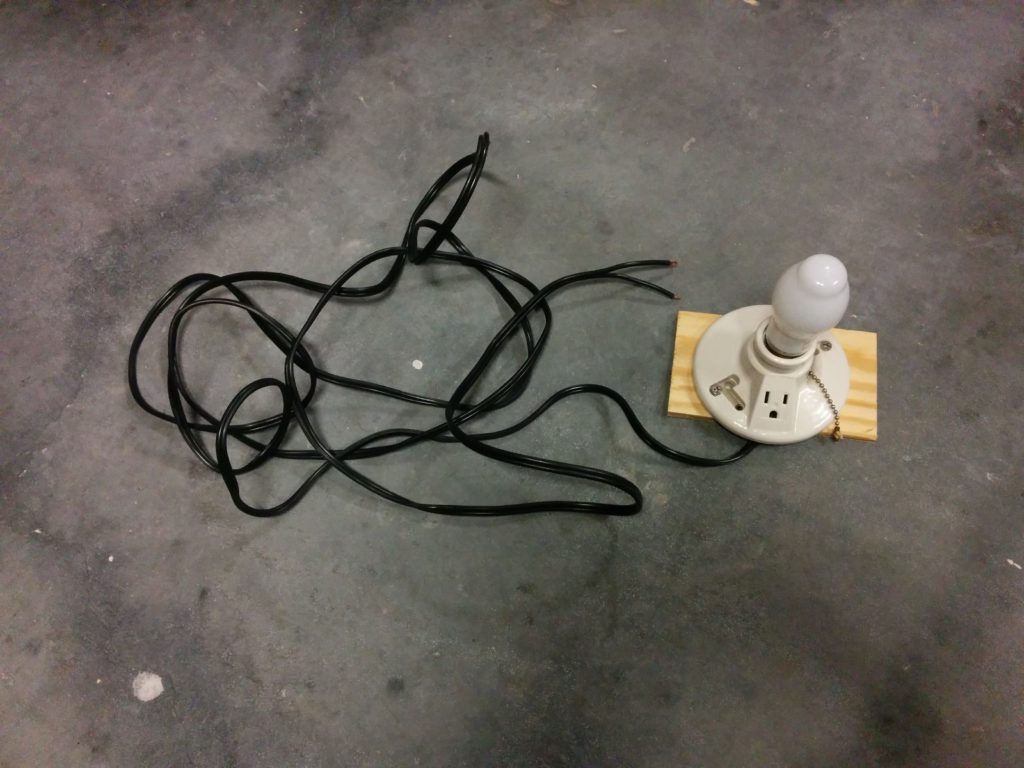
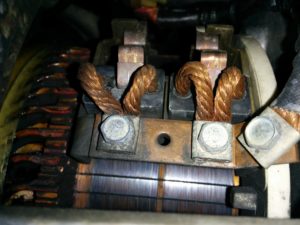
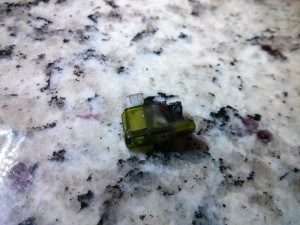
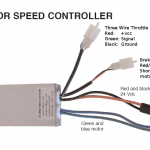

Pingback: Motor Diagnostics: FB1-4001A | Jay's Technical Talk
Jay,
Do you know if a 2015 battery from Nissan Leaf will fit a 2012?
Can I just swap them out??
thanks
Chad
Sorry, it won’t be an exact for two reasons.
1) They changed the plugs slightly. (Physically the battery will still bolt into the same holes, but not all of the cables will match up.
2) More importantly, the BMS inside the battery is tied to the vehicle’s VIN number, and you need special diagnostic tools from Nissan to re-program it to work with the engine control module.
What I have heard of people doing is opening up both the 2012 and the 2015 batteries, completely removing all of the modules, and “transplanting” the 48 modules from the 2015 battery into the 2012 battery. This keeps the original 2012 BMS and plugs, but gets you all of the benefits of the newer 2015 modules, which are an exact drop in replacement, but requires a lot of labor. (The BMS system takes a few charge/discharge cycles to re-learn the capacity of the new modules.)
Hi Jay, I am only starting to learn about your project(s). Reading about the blown fuse, I wonder, would a ‘slower’ fuse have survived the mosfets blowing up? (ok, these fuses probably doesn’t come any slower, but i gotta ask)
This is a “high-speed” fuse, designed to (try and) protect the silicon (IBGT/mosfets, etc) in the motor controller. When I took apart the controller, only two of the IBGTs had “shorted” and blown up. (Others may have also been damaged, but didn’t physically blow up.) The fuse blowing is what kept every IBGT from blowing up in my controller. (Later on, after I replaced this fuse, I was able to “drive” very slowly at much less than full power for a few minutes on the remaining IBGTs.) So the only difference with a slower fuse would be that all/more of my IBGTs would have shorted and blown out before the fuse went.